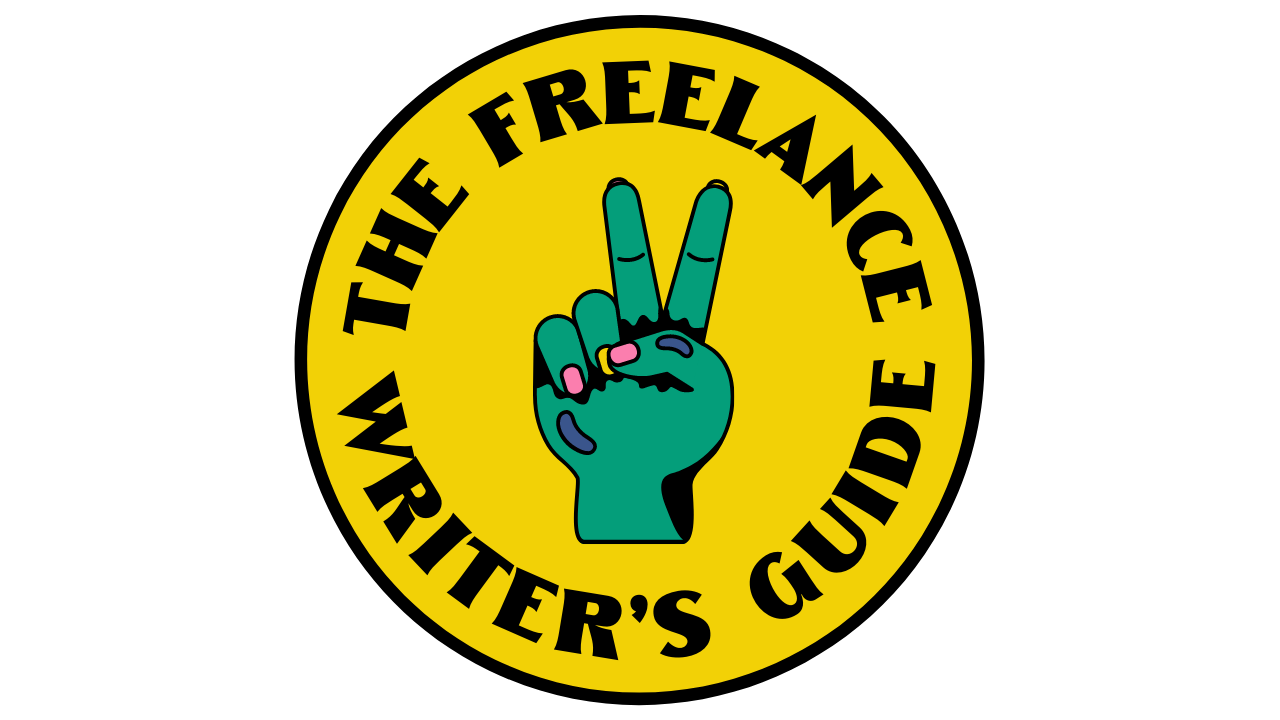How to Create a Freelance Writer Portfolio (With Absolutely Zero Experience)
So you want to become a freelance writer, huh? Then it’s time to take your first step towards your freelance writing career: creating your freelance writer portfolio.
It sounds scary, but don’t freak out just yet. I’m going to walk you through it step-by-step. So bookmark this page, print it off if you’re old school, or (if you’re like me) just leave it open as one of the many tabs on your browser.
At a high level, you’re going to create or reuse three pieces of content that show off your writing skills in a particular niche, then post them somewhere on the internet where potential clients can find them.
STEP 1: CHOOSE A FREELANCE WRITING NICHE
First of all, you need to decide your niche. I know that sounds terrifying (especially if you’re a commitment-phobe like me), but having a specific niche and target client is key to landing projects and making money as a freelance writer.
Don’t believe me? Imagine this. You’re a client who sells, let’s say, olive oil. You’re looking for a content writer to help you write your blog content. You post a job online and get two applicants: one who has samples about all kinds of random stuff like cars, dermatology, and HVAC units. The other applicant is a food writer who specializes in Mediterranean cuisine. Guess which one you’re going to hire? The food writer of course! Even if they cost more, you’ll be happy to pay a little extra for someone who really knows their stuff. You’ll trust that they’ll get the job done.
You want to position yourself as THE expert in your category because experts make the big bucks.
When I started writing, I chose blog posts for beauty brands as my niche. I chose this niche because I was very interested in beauty, I had a lot of experience writing blog posts thanks to the blog I wrote in college, and I already had samples from my contractor role at Toppik.
HERE’S A FEW QUESTIONS TO HELP YOU DECIDE YOUR NICHE:
Do you have any existing samples from your past work? Even if you weren’t technically a copywriter in your former roles, did you ever write something that the company ended up using? Did you do any marketing projects in college? You can save a lot of time by pulling from your past work (as long as your old projects align with what you want to do in the future).
What form of writing are you most comfortable with? Do you have a lot of experience writing case studies? Do you love sales emails?
What categories do you know about? Are you obsessed with fashion? Did summers spent working at a garden center give you a weirdly in-depth knowledge about landscaping? Think about the things you’re already familiar with, or choose a category you’d like to learn more about. You’re going to be spending a lot of time researching and writing about this category, so it better be something you love!
Once you’ve brainstormed some categories, think up some potential clients in that industry. If you love Harry Potter but can’t think of anyone who will pay you to write about it, you should choose a category with more demand for content.
If you’re not totally sure, it’s okay. You can always pivot later. Just choose something and begin!
Who do you want to write for?
STEP TWO: THINK ABOUT YOUR IDEAL CLIENT
After you figure out your niche, it’s time to think about your ideal client.
You want to figure out your ideal client so you can get into the mind of that ideal client and tailor your freelance writer portfolio to them. If you were your ideal client, what kinds of writing samples would you want to see?
As a beauty writer, my ideal client is a mid-range beauty brand that sells effective products and is heavily invested in content creation. In my portfolio, I try to show off what I can do for that specific type of client. When that type of client goes searching for a beauty writer, I want to demonstrate that I am the perfect hire for them. I don’t concern myself with any other type of client.
Put in the time up front to write three stellar pieces for free to make the big bucks down the road.
STEP THREE: WRITE PIECES THAT SHOW OFF YOUR SKILLS
Next, you’re going to write three pieces on spec in your niche. On spec just means you’re writing for free. Think about your ideal client in your niche and create a project for them. Don’t worry about copyright infringement. As long as you make it clear to your clients that this was just a spec project and not the real deal, you’re fine. If you’re worried about it, you can also just change the name of the company.
This is your time to shine! Do your best work on these pieces because your freelance writer portfolio is what is going to sell your services to clients. And please, for the love of God, PROOFREAD YOUR WORK. As soon as I see a typo or grammar error on a portfolio piece, I’m over it. If you’re not detail-oriented, hire a proofreader.
It’s easier than you think to put together a freelance writing portfolio that can actually land you high-ticket clients.
STEP FOUR: CREATE YOUR FREELANCE WRITER PORTFOLIO
Once you have your samples, it’s time to find a way to show them off. Here’s a few ideas:
Do you have a writer website? If so, create a new page on your website to show off your samples. Here’s mine if you need some ideas: http://glossytype.com/
Create a folder in Google docs and just share the link with prospective clients (so easy, right?)
Create a portfolio using Behance. Although Behance is typically used for graphic design, you can easily use it to show off your freelance writing skills.
If you have published clips, you can create a new Pinterest board with pins that link to the published clips.
Pitch your samples as guest posts for other websites in your niche. Clients tend to be more impressed when you’ve already been published, so this is a great way to build credibility.
Hire someone to make a website for you. Time is money, baby, and if you’re finding yourself bogged down for hours trying to get your Wordpress site to look right, you may as well hire someone to do it for you. My cool-as-heck friend Athena makes awesome websites and she’s offering 10% off to my buddies (that’s you!). Just use promo code COLLEEN at checkout.
What NOT to do:
Do NOT send your samples to clients as Word attachments. Not everyone has Word and if they open up your files using Google docs, the formatting could get all wonky. If you want to send your samples as attachments, at least convert them to PDF.
Do NOT send an Excel spreadsheet of your work. Yes, someone actually did this to me once, and I opened it on my phone and it was just the worst.
Bonsai makes it easy to run your freelance business by offering a suite of freelance tools to help you create proposals, draft contracts, track your time, bill clients, and more!
Do you have any questions about building your freelance writer portfolio? Let me know in the comment section below!



